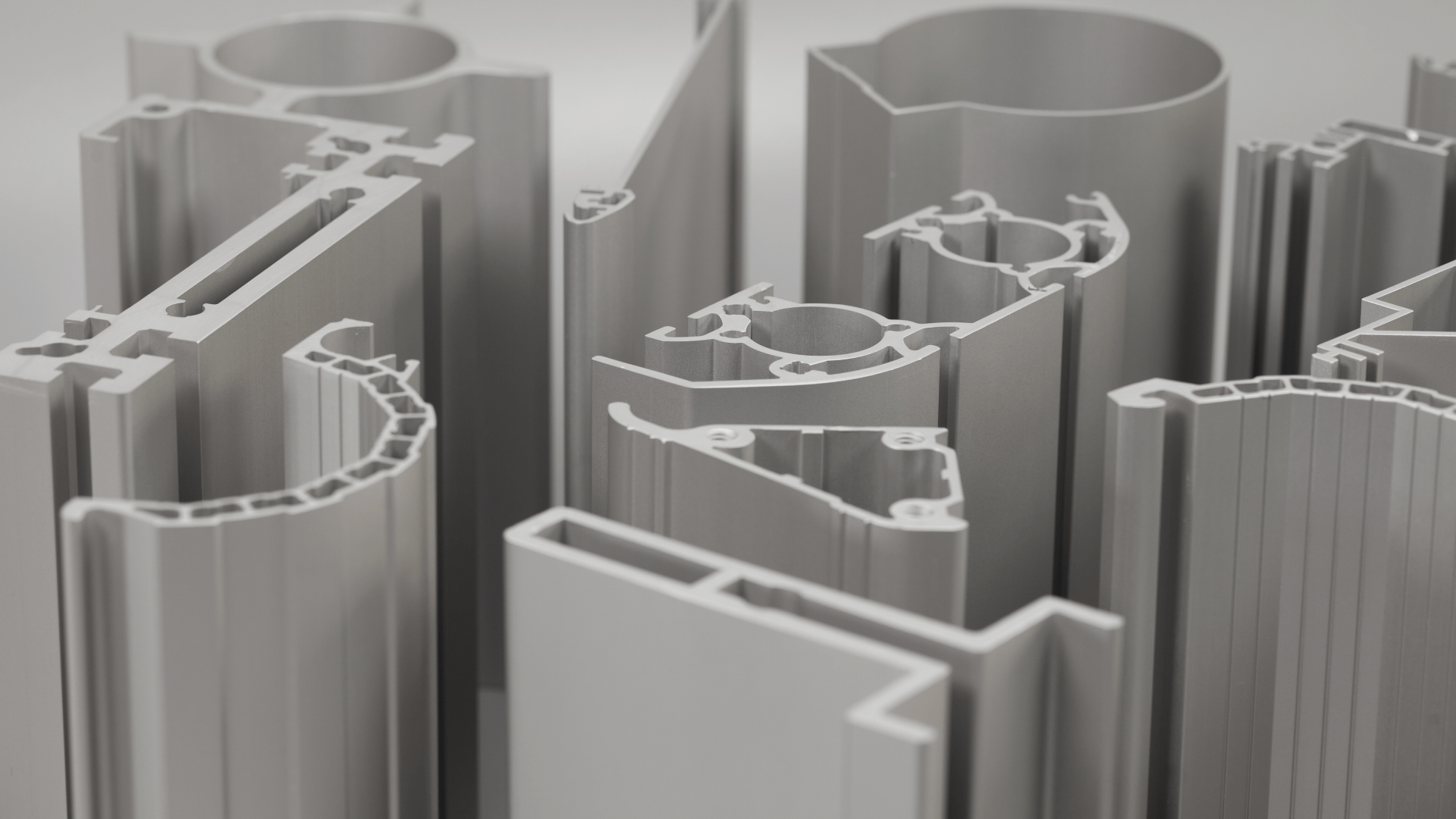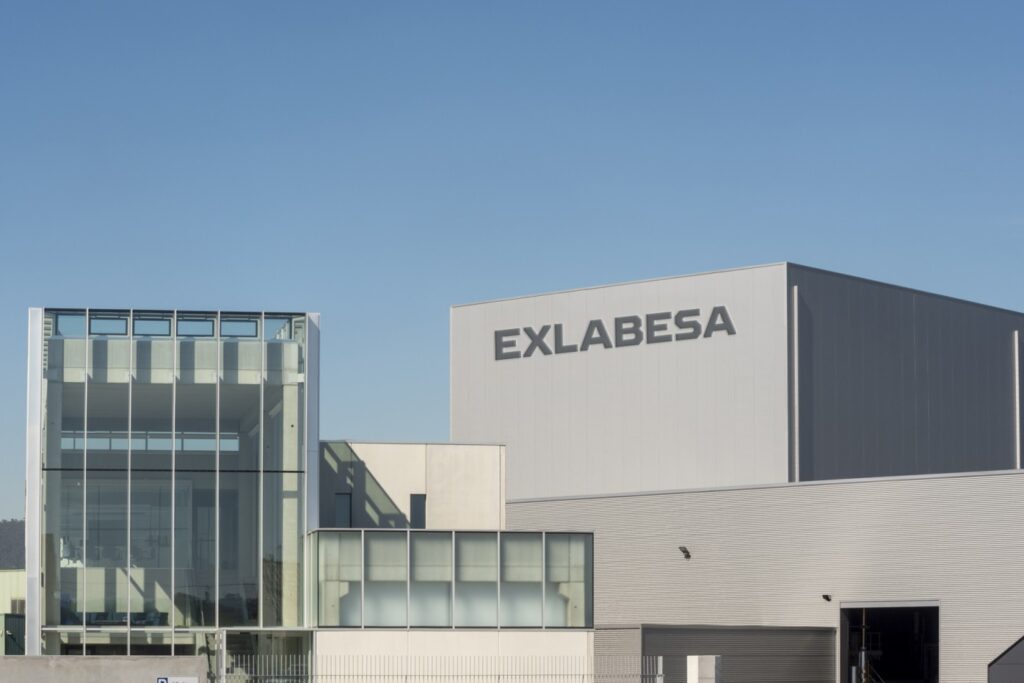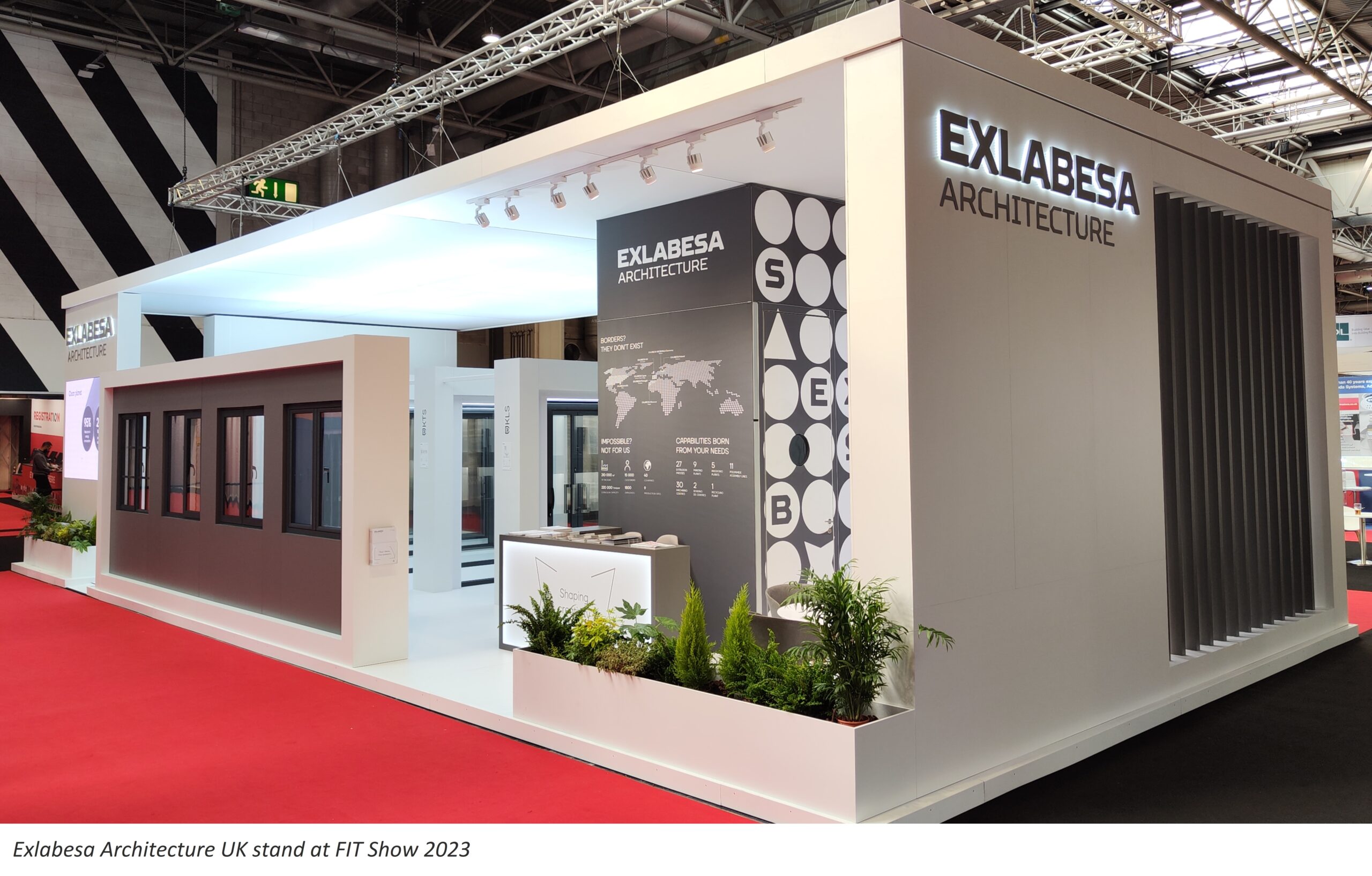Is extruded aluminum stronger than steel?

Is extruded aluminum stronger than steel?
The answer to this question is not as straightforward as it seems. Although steel is technically stronger than aluminium, there are other factors to consider. One of the most important considerations is weight to strength ratio. Aluminium is much lighter than steel and is therefore stronger in terms of weight to strength ratio. Aluminium is also far more malleable and ductile than steel. This means that it can withstand higher levels of tensile stress before failure.
When comparing metals, it is essential to consider application. While steel’s high carbon content contributes to its shear strength advantage, aluminium’s capacity to be formed or extruded into various shapes without weakening its structure, make it far more versatile as a construction material. To get a better understanding of how aluminium is formed into profiles for use in building envelopes, it’s important to consider the extrusion process.
What is aluminium extrusion?

Aluminium extrusion is the process of creating lengths of aluminium profile. Aluminium billets are heated to around 490°C. Before they reach their melting point of 660°C the billets are removed from the furnace as a soft solid. The softened aluminium is now malleable enough to be formed into the desired profile shape.
The softened aluminium billet is then forced through a cross sectional die using a powerful hydraulic press. Aluminium presses can exert forces up to 15,000 tons of pressure. During the process, both the billet and the press are lubricated to avoid them sticking together. The extruded aluminium is pushed through the die, forming the shape of the die’s cross section. The aluminium billet is then exposed to air, water, or both as part of the cooling process.
The aluminium profile can now be straightened to improve strength and hardness. The profile sections can be cut, finished, and in some cases artificially aged to enhance their characteristics. Aluminum extrusion is widely used in various industries to create different shaped profile sections. In the construction industry, aluminium extrusion has enabled the creation of some of the world’s most unusual architectural designs.
Aluminium vs steel – corrosion resistance
When a material is used to create commercial buildings, it must have excellent resistance to exterior weather conditions. If a material is susceptible to corrosion or weathering, it will not be suitable for these applications. When it comes to aluminium and steel, aluminium offers far higher levels of corrosion resistance.
Once it has been extruded, aluminium does not require any further treatment to improve its corrosion resistance capacity. Unlike steel, aluminium will never rust or require painting to improve its durability. Steel can be treated to improve its corrosion resistance, but aluminium is more inherently resistant in its natural form.
Aluminium can also be treated post-extrusion to further enhance its corrosion resistance capacity. There are several methods of treating aluminium which are often applied when it is going to be used in particularly harsh conditions. These are useful techniques when the aluminum will be used in coastal areas where the salty air can have a damaging effect. Some aluminum treatments include:
- Anodising
- Powder coating
- Brushing
- Media blasting
- Chemical washing
These treatments can all enhance the aluminium’s corrosion resistance and are also used as methods of enhancing its aesthetic appearance.
Benefits of extruded aluminium over steel

Extruded aluminium is widely used in the construction industry. It is the most popular material for commercial windows, doors, and curtain walling and is becoming increasingly popular in residential property installations. Using extruded aluminium has many benefits over using steel. There are certain areas where steel will always be used instead of aluminium such as in bridges and structures which support extremely heavy weights. Overall, however, aluminium has a far wider range of benefits than steel’s greater density and resistance to extreme force.
- Lightweight – Aluminium’s lightweight structure makes it easier to handle and transport. It also helps with wind resistance as aluminium structures will naturally bend instead of break when exposed to strong gales.
- Extreme temperatures – Aluminium is particularly good in cold conditions. It actually becomes stronger as temperatures fall.
- Corrosion resistant – As mentioned above, aluminium will never rust. Its natural surface oxidisation enhances resistance which can be further enhanced when the metal is anodised.
- Thermal conductivity – Aluminium conducts heat far better than steel. This could be a problem when used in creating window frames. A thermal break, however, is used in aluminium windows to create some of the most energy efficient windows available today.
- Recyclability – Aluminium and steel are both 100% recyclable. Aluminum, however, is much easier to recycle than steel. Recycling aluminum also reduces associated carbon emissions at a higher level than recycling steel.
Aluminium is now one of the most widely used materials in the construction industry. It’s inherent strength, durability, and sustainability make it an essential material for the future of building projects around the world.
At Exlabesa, we manufacture and supply a comprehensive range of aluminium windows, doors, and curtain walling. If you’d like to find out about working with Exlabesa as your dedicated aluminum systems supplier, get in touch today. For more information about any of our products or services call 01302 762 500 or send us a message online.



